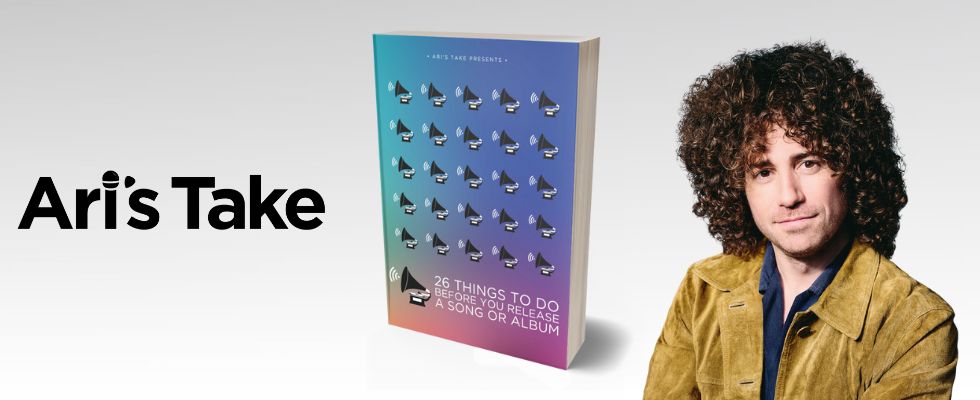Yesterday, the SBA clarified that if you’re self-employed, a freelancer or independent contractor you can get a PPP loan with forgiveness.
It was previously thought that the PPP program was only for companies with W2’d employees on payroll. But now the SBA clarified that self-employed individuals can apply for this program as well.
This is great news for musicians and other freelancers after the headache of the Pandemic Unemployment Assistance program. The issue with the PUA program – which did help independent contractors and “gig workers” – was that if they had a singular W2 (most do from something), the program forced them to file for unemployment through the state. Unemployment calculates how much you would receive solely based on your W2 income! So, even if you made $50,000 from 1099s, but $500 from a singular W2 gig (like playing on a film score or acting in a TV show), the unemployment insurance program would calculate your payment on $500. Utterly absurd. So many people have struggled with this.
+Musicians Aren’t Getting CARES Act Benefits Because of Mixed Income
The good new is, now you can apply for the Paycheck Protection Program from the new Flexibility Act which was signed into law June 5th.
As Forbes notes the Flexibility Act made a few key changes to the PPP:
- For loans made after June 5th, it extended the maturity date of the loan from two years to five years. The maturity date can also be extended for loans made before June 5th, if the borrower and lender mutually agree.
- The covered period for the loan forgiveness was extended from 8 weeks to 24 weeks. However, borrowers with loans taken before June 5th can still choose the 8-week period.
- The Act reduced the amount that you needed to spend on payroll in order to obtain forgiveness from 75% to 60%. The SBA has also clarified that if you don’t get to 60% in payroll expenses you can still obtain partial forgiveness.
- The Act extended the date to replace full-time equivalent employees (FTEs) and restore salaries from June 30, 2020 until December 31, 2020.
You can now calculate your loan amount by either:
- 8 weeks’ worth (8/52) of 2019 net profit (up to $15,385) for an 8-week covered period or
- 2.5 months’ worth (2.5/12) of 2019 net profit (up to $20,833) for a 24-week covered period
Your loan calculation will be 2.5x your average monthly income.
Whether you file a schedule C or F or own an S-Corp, this seems to apply to both. Calculations are all capped at $100,000 annual pay.
100% of this loan will be forgiven if at least 60% is spent on income or payroll. For clarity, you don’t have to have a corporate entity and you don’t have to put yourself on payroll. As long as you file a Schedule C (or F) at tax time, you’re fine here.
Np! You don’t have to an entity or put yourself on payroll. If you’re a gig worker that files a schedule C, this applies to you too.
— Brian Thompson (@BrianFinancial) June 17, 2020
You have to submit these records within 8 weeks of receiving the loan (but information on how or where to submit these records is not currently available)
There are some non-payroll expenses that can be forgiven with this loan like rent, mortgage and utility payments. So if you’ve been paying a lockout rehearsal studio or designate part of your house or apartment as an office or studio, you can calculate that as well for your loan amount.
There is still $146 billion left in the second round of the PPP so definitely get on this NOW!
You still have to apply for this via your local bank. I’ve heard that the smaller the bank, the easier it is to obtain PPP through them. You’re going to want a person, not an auto-responder at a bank to help you through this.
Question: How do I apply for this?
Answer: Through your local bank
Now, go get your money!
You can read the full text of this clarification from the Small Business Association here. Under Section 1 F is where you’ll find information about self-employment forgiveness for filing a Schedule C or F.

















